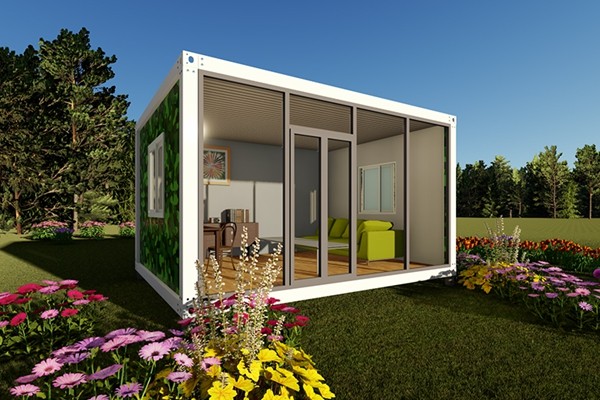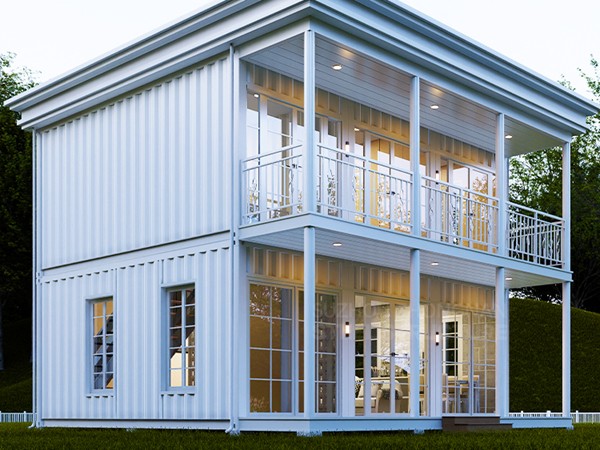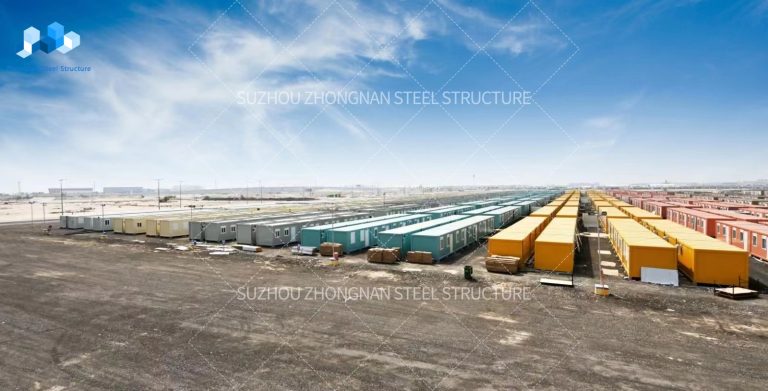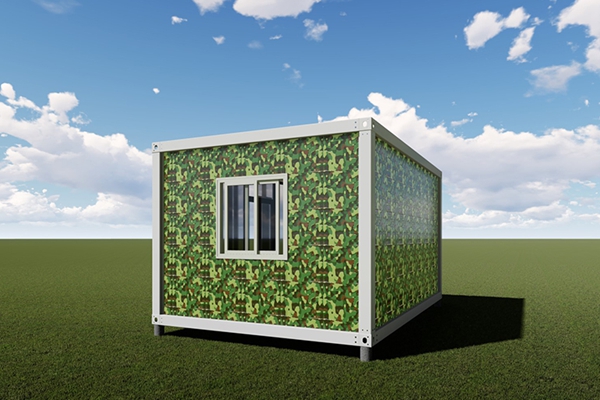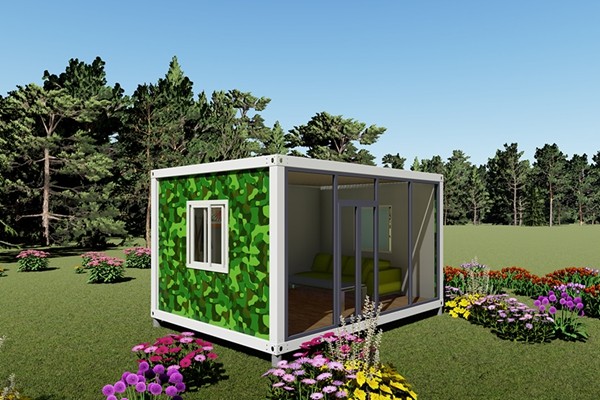shipping container home construction
Building a shipping container home combines eco-friendly practices with modern design to create a dwelling that is both sustainable and stylish. These homes offer an innovative way to repurpose steel containers into living spaces, and they continue to gain popularity due to their durability, cost-effectiveness, and unique architectural appeal. This detailed guide will walk you through the experience, expertise, and trustworthiness required to undertake such a project while emphasizing its authoritative aspects.
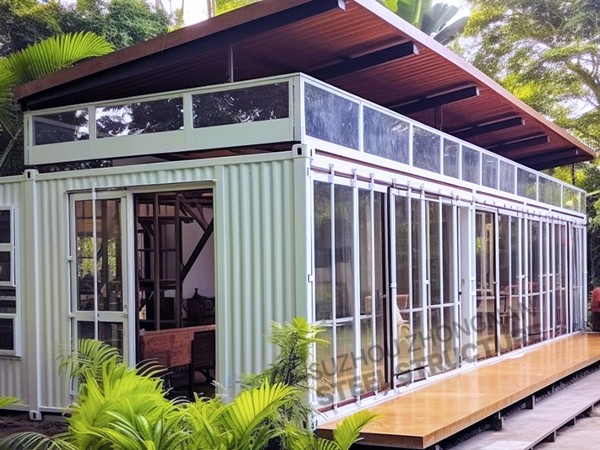
Shipping container homes start with the procurement of containers, which can vary significantly in cost depending on their size and condition. Used containers are generally more affordable and environmentally friendly, as they repurpose existing materials. It's crucial to inspect these containers thoroughly for rust, structural integrity, and potential toxic substances from past uses before finalizing the purchase.
One of the fundamental steps in constructing a container home is ensuring solid foundational support. Containers are heavy structures, and their weight distribution necessitates a reinforced base. Options for foundations include concrete slabs, piers, or a crawl space, each offering distinct benefits. The choice of foundation often depends on the geography of the site and the local building codes.

When it comes to design, shipping container homes are inherently modular, allowing for creative and flexible layouts. They can be stacked and arranged in various configurations to optimize space and light. Collaborating with architects experienced in container architecture can offer valuable insights that enhance both practicality and aesthetics. Their expertise helps in overcoming challenges related to insulation, ventilation, and interior design, which are crucial due to the thermal properties of steel.
Insulation is a pivotal aspect of container home construction, as it influences energy efficiency and living comfort. Spray foam, rigid foam panels, and eco-friendly options like sheep wool or cotton have proven efficient in this context. It's important to balance insulation needs with considerations for interior space, as insulation can reduce the usable area within each container.
One of the most authoritative sources in the construction of container homes is the adherence to local building codes and regulations. These codes ensure that the home is safe and habitable, covering aspects such as structural safety, electrical wiring, and plumbing. Compliance not only guarantees safety but also affects insurance and resale value.shipping container home construction
Security and durability are inherent advantages of steel containers. Once properly modified, they are resistant to extreme weather conditions, and their robust construction presents a daunting challenge to potential intruders. These features, in combination with energy-efficient modifications, make container homes a reliable option for remote locations prone to weather extremes.
An often-overlooked aspect of container home construction is the integration of sustainable technology. Renewable energy systems, such as solar panels or wind turbines, can be seamlessly incorporated into the design, further reducing the home's carbon footprint. Water harvesting systems and eco-friendly sewage treatments can also be part of a holistic approach to sustainable living.
The successful construction of a shipping container home hinges on trust in experienced professionals and reputable suppliers. Partnering with contractors who have a track record in container modifications offers peace of mind. Reviews, previous projects, and affiliations with construction bodies provide a gauge of their credibility.
As interest in alternative housing solutions grows, shipping container homes represent not just a dwelling but a statement about conscious living and innovation in the field of architecture. They challenge traditional home-building norms and push the boundaries of what's possible with reduced environmental impact. Aspiring homeowners eyeing this path need to weigh the benefits of reduced construction time and costs against the necessity for expert advice and adaptation to local standards.
Investing in a shipping container home means committing to a project that requires a balance of creativity, technical know-how, and sustainable practices. It exemplifies contemporary living philosophies where minimalism meets resilience and eco-consciousness, resulting in a home that truly reflects the needs and values of modern society.

